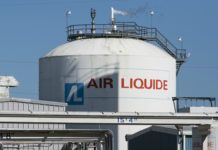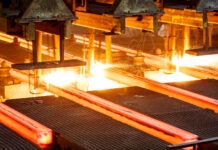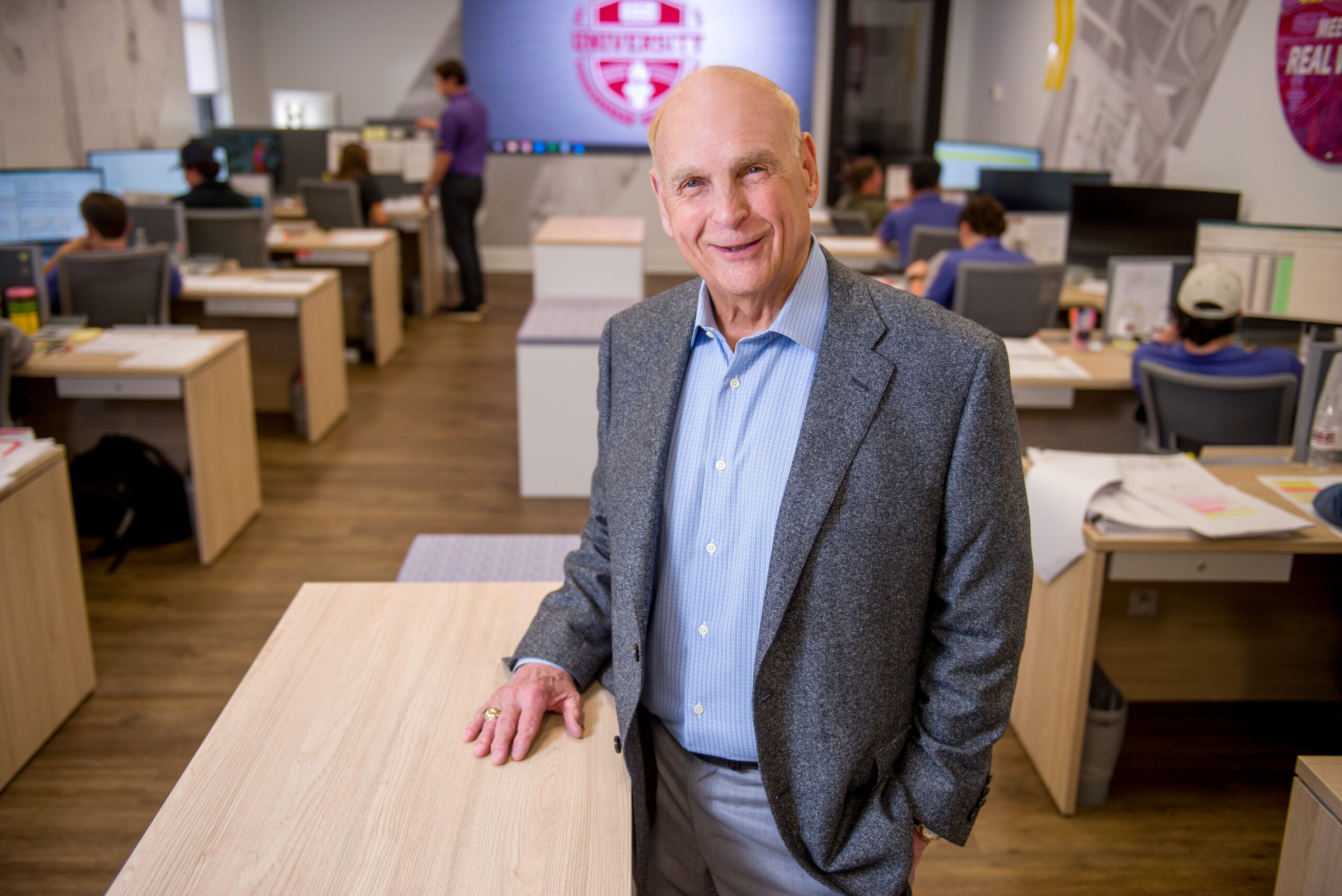
An unfathomable procession of up to 6,000 workers enters the gates of Venture Global’s Plaquemines LNG site every day. At $21 billion, the around-the-clock, two-phased project is touted to be the largest in the nation.
Unfortunately, construction of the mammoth facility is draining the local skilled labor force and could continue to do so for years to come should the company’s equally substantial third phase – dubbed Delta LNG – reach a Final Investment Decision (FID) soon.
It seems Louisiana’s long-predicted construction surge is really happening.
The Venture Global job, as large as it is, is merely a bellwether of things to come, unlike previous years when reality didn’t quite live up to expectations. While other LNG projects might have tapped the brakes a bit across south Louisiana, there are plenty of other projects announced along the 10/12 corridor either breaking ground, in design or expected to reach FIDs soon.
“Of the $120 billion in announced projects, about half of them are evenly divided between Lake Charles and the Baton Rouge to New Orleans corridor,” says economist Loren Scott with Loren C. Scott & Associates in Baton Rouge.

The reason for the unprecedented surge is simple. Industrial plants in Europe and Asia can’t compete with those in the U.S., which benefit from significantly lower natural gas prices. “We’re making stuff from natural gas that costs $2 per million BTUs and they’re having to pay $12 to $20,” Scott adds. “There’s no way they can compete with that. That’s why you’re seeing so many of these firms expanding here.”
As a result, industrial construction was the most significant contributor to jobs growth in Louisiana last year, with Baton Rouge – which supports the largest concentration of industrial contractors – leading the pack. Lake Charles and New Orleans weren’t far behind. “About 22 percent of the jobs created in Louisiana from December 2022 through December 2023 were in construction,” Scott says. “And in Baton Rouge, construction accounted for a whopping 78 percent of the total jobs created.”
That’s not news to Pepper Rutland, president and CEO of MMR Group. His Baton Rouge-based electrical and instrumentation firm closed out 2023 with $1.4 billion in revenue, a 50% increase over the $920 million they earned the previous year. The work isn’t concentrated in one place, either. “It’s consistent in every area that we work, and we’ve got 30 offices from California to Pennsylvania, as well as Mexico and South America,” Rutland says.

PEPPER RUTLAND, president and CEO, MMR Group (Don Kadair)
MMR currently has about 1,000 workers at the Plaquemines LNG site, as well as a commitment to work on Venture Global’s upcoming CP2 (Calcasieu Pass 2) project in Lake Charles. All totaled, MMR employs about 7,000 craftspeople, nearly double what it employed in 2020. “Once we got past the pandemic, it seemed like all the work that was pent up was cut loose,” Rutland says. “Projects that were put on hold were restarted, and new markets emerged. And it’s continuing in most of the sectors that we’re in – industrial, manufacturing and ‘mission critical’ work. All those sectors seem to be in the same general mood. We don’t see that slowing down at all, at least for the next five to six years.”
Matt Shoriak, executive vice president of EXCEL Group in Baton Rouge, says he has been through boom times before, but this is different. “There is a lot of non-traditional construction that’s going on in the U.S. right now,” Shoriak says. “It’s hitting at the same time as the traditional projects.”
And unlike before, it’s impacting both unskilled and skilled labor. “For whatever reason, it’s harder now to get the unskilled people than the skilled, which was the complete opposite five years ago,” he adds. “These workers possess skills, but they’re learning on the job and advancing, and there aren’t people to take their places.”
When necessary, MMR pulls workers from other branches in Texas, Louisiana, Florida, Alabama and Mississippi to support mega-projects such as Plaquemines LNG. MMR’s Workforce Development Department assists with the logistics of it all. “Those workers will get transferred if they want to come,” Rutland says. “You have to do that. You can’t just hire people off the street.
“It is the number one challenge that most industrial contractors are facing right now. Everyone is in the same boat. There are massive expansions in all industries, and that’s putting the burden on finding qualified craftsmen.”
Meanwhile, new RV parks and campgrounds are already cropping up across south Louisiana to support an ever-increasing influx of out-of-state workers. “There’s a certain segment of the industrial construction workforce that is very nomadic,” Scott says. “They might live in Iowa or West Texas, but they have an RV or trailer and they go wherever the work is.
“When you cross the Sunshine Bridge there’s an RV park full of construction workers, and you’ll see more of them as time goes by. With a shortage of workers, there will be a big enough increase in wage rates to entice people to come here to work.”
Training Hits the Gas
Data recently released by the Greater Baton Rouge Industry Alliance shows a concerning gap between the needs of industry and the available supply of skilled crafts people over the next three years. Adding to the burden, some of Louisiana’s skilled labor workforce migrated to other states during previous market downturns.
“We’re forecasting a near-term need for 50,000 people in Louisiana and Texas, and up to 100,000 between now and the end of 2026,” says Connie Fabre, GBRIA’s president and CEO. “The biggest needs will be for pipefitters, welders, millwrights, instrumentation technicians and electricians.”
To get ahead of the problem, GBRIA, along with Associated Builders & Contractors, various chambers of commerce, the Southwest Louisiana Construction Users Council and Lake Area Industry Alliance in Lake Charles launched the Louisiana Skilled Craft Workforce Development Resource Initiative last fall. The group is seeking more state financial and legislative support to create a pipeline of Louisiana-based skilled laborers. “There’s a lot of investment in Louisiana, and with that a lot of opportunities for people living in the state,” Fabre says.
Elsewhere, ABC Pelican Chapter is looking to shorten the length of select courses at its Baton Rouge training center. David Helveston, president & CEO, says they’re currently piloting a 100 percent “hands on” pipefitting class that takes only six months, instead of the previous two years, by eliminating the classroom component. It’s an attempt to improve student retention rates and increase the number of pipefitters coming out of the program.
The first cohort of about a dozen students is expected to graduate in June. “Industry was involved in the development of the program,” Helveston says. “They narrowed it down to the most important elements, and focused on what was really needed out in the field. They got to the core of what was important.
“They’ll still need to pass the NCCER assessment test,” he adds. “If few pass, we’ll have to make some tweaks before moving forward.” If they’re successful, however, ABC will likely begin revamping its heavy equipment operator course as well to decrease its duration and increase “seat time.”
These days, though, contractors can’t rely solely upon traditional methods for worker training, MMR’s Rutland says. “We’re having to do a lot of the training ourselves,” he adds. “We have master trainers, and in some instances, we have portable training facilities at the sites. As good as ABC is, the training is falling to the contractors themselves.
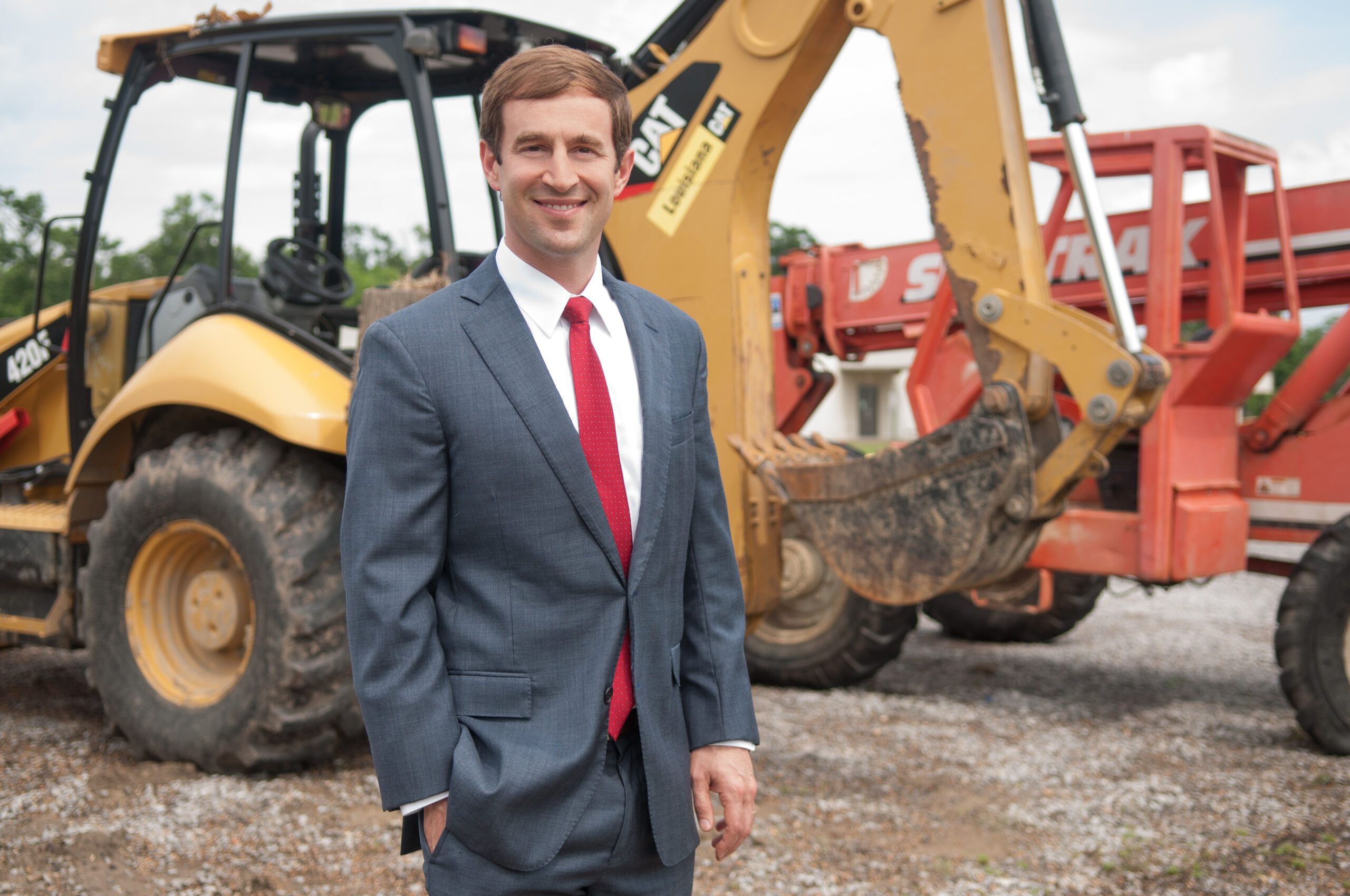
“Either you’re going to train your people or you’re not going to have trained people.”
Two years ago, they launched MMR University, an internal learning and development program tailored to augment higher education and professional skillsets over a 2.5-year period. Complemented by new classroom facilities at MMR’s Baton Rouge headquarters, MMR-U combines in-person instruction with hands-on lessons, virtual learning opportunities, two summers of field experience and personal mentorship from MMR professionals.
“We’re taking interns from LSU and Southeastern and training them up so that when they graduate, they’ll step into a higher role,” he adds. “Because, quite honestly, we just can’t wait.”

CONNIE FABRE, president and CEO, Greater Baton Rouge Industry Alliance (Don Kadair)
Plaquemines LNG:
Mapping A Path Forward
Meanwhile, contractors at Plaquemines LNG are having to play catchup in the workforce development space. The project is also testing the limits of local infrastructure, as LA 23 is the only way in and out of the Port Sulphur site. “The project is a behemoth,” says Jeb Bruneau, president/CEO of ABC Bayou Chapter. “Cajun’s down there with over 1,000 people, Performance with over 1,000 people, MMR with 1,000, and Triad and Baker Gulf Coast Industrial folks are down there … these contractors are all en masse at that site.”
Fortunately, a sizeable portion of the project is being prefabricated in modules off site. Performance Contractors recently added a modular fabrication facility in Amelia, in part to support the work. They’re fabricating the modules, then loading them onto barges for transport up the Mississippi River to the site. Turner industries is performing similar work at its New Iberia fabrication yard, and Baker Hughes is manufacturing and testing pre-assembled and fully integrated modular turbomachinery units from its facilities in Italy.
Should Venture Global’s third multibillion-dollar phase – dubbed Delta LNG – reach an FID, the strain on the local workforce could continue through 2030. And it won’t be the only game in town. “IMTT is talking about a mega-hydrogen project,” Bruneau says, “and Valero, Shell, Dow & Occidental Chemical have upcoming work as well, so we’re expecting a pickup in the industry in general.”
Recently, Bruneau reached out to the Plaquemines Parish Learning Center in Port Sulphur about potentially establishing a satellite training center 10 minutes south of the Venture Global site. If they reach a deal, PPLC would hold classes for the local community during the day and at night ABC would train workers for the Venture Global site.
While not the size and capacity of ABC’s training center, the satellite facility is logistically necessary. “Many of them can’t get to St. Rose in time because there’s such a bottleneck of traffic,” Bruneau says. “The additional training will come nowhere close to meeting the demand, but it will help. You’re talking thousands of additional people that we could train over the next six years.”
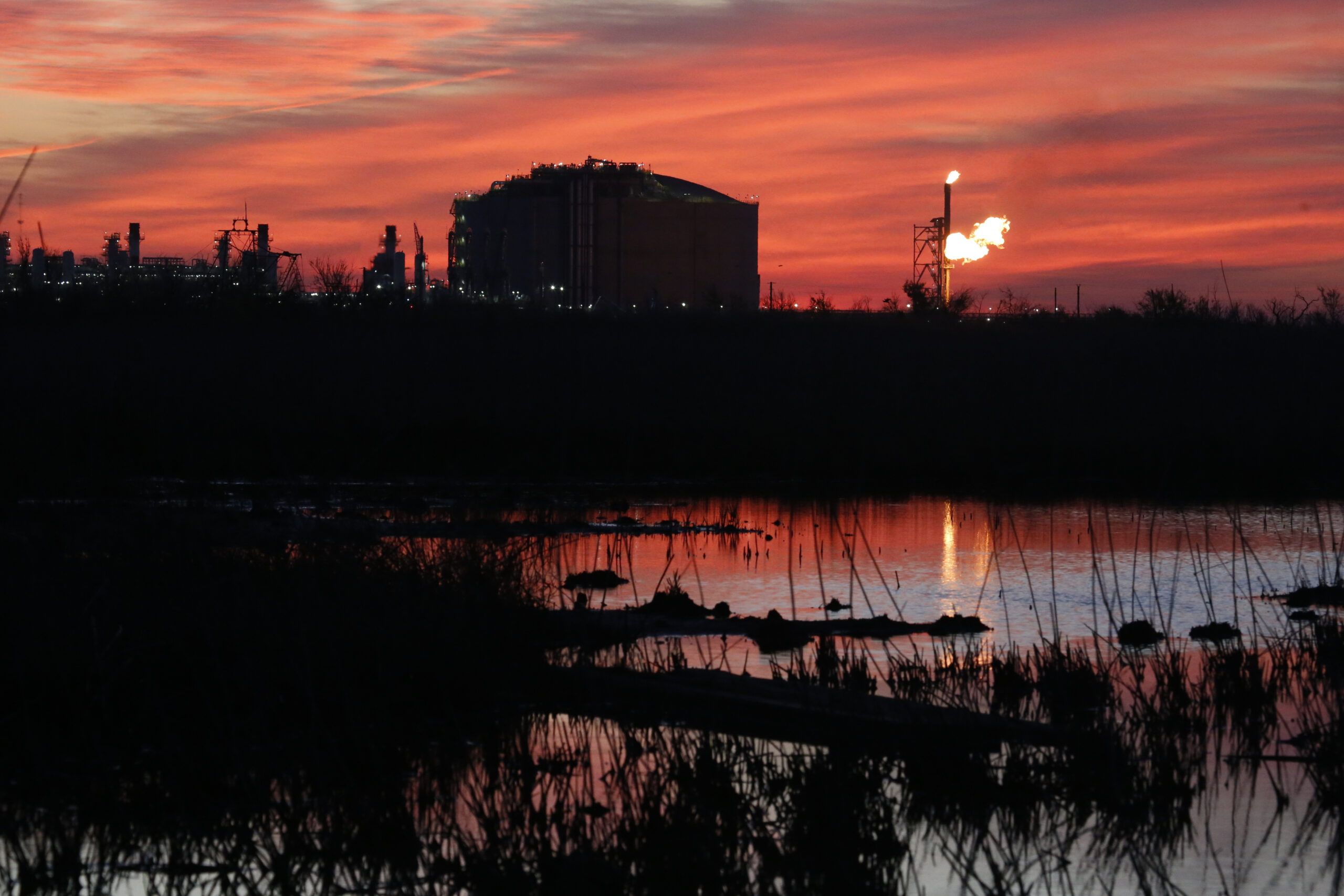
Spurred by the Venture Global project and a general rise in investment in the area, GBRIA recently reenergized the New Orleans Regional Industry Alliance (NORIA), a “subcommittee” it created in 2019 to provide a more cohesive voice for New Orleans area industry. Before the advent of NORIA, there was no centralized entity for coordinating workforce development or industry advocacy efforts.
On March 5, NORIA sponsored an inaugural “Journey to Industry Event,” which was attended by 200 area 10th graders and sponsored by seven area plants and contractors advertising careers in industry.
“The industrial community in the New Orleans area needs to have their own voice,” says Tom Yura, vice president of operations – Americas at Mitsubishi Chemical in Geismar, and one of the founders of NORIA. “As an industry, we have a huge impact on so many things, but we don’t walk with the kind of swagger that matches the billions of dollars that we generate. We need to make sure that we’re reasonably represented.”
Unprecedented Times
The following Top 10 projects are either under way,
have an FID issued or are expecting an FID in 2024:
1. $21 billion: Plaquemines LNG, Venture Global, Port Sulphur
2. $16.8 billion: Driftwood LNG, South of Lake Charles
3. $10 billion: Energy Transfer LNG, Lake Charles
4. $9.4 billion: Gron Fuels Renewable Diesel Fuel, Port of Greater Baton Rouge
5. $7.5 billion: Ascension Clean Energy/Clean Hydrogen Works, Donaldsonville
6. $7.5 billion: St. Charles Clean Fuels, St. Rose
7. $7 billion: Delfin LNG, Off the Coast of Cameron Parish
8. $4.6 billion: Lake Charles Methanol, Calcasieu Ship Channel
9. $4.5 billion: Louisiana Clean Energy Complex, Air Products, Burnside
10. $4.35 billion: Magnolia LNG, Calcasieu Ship Channel

